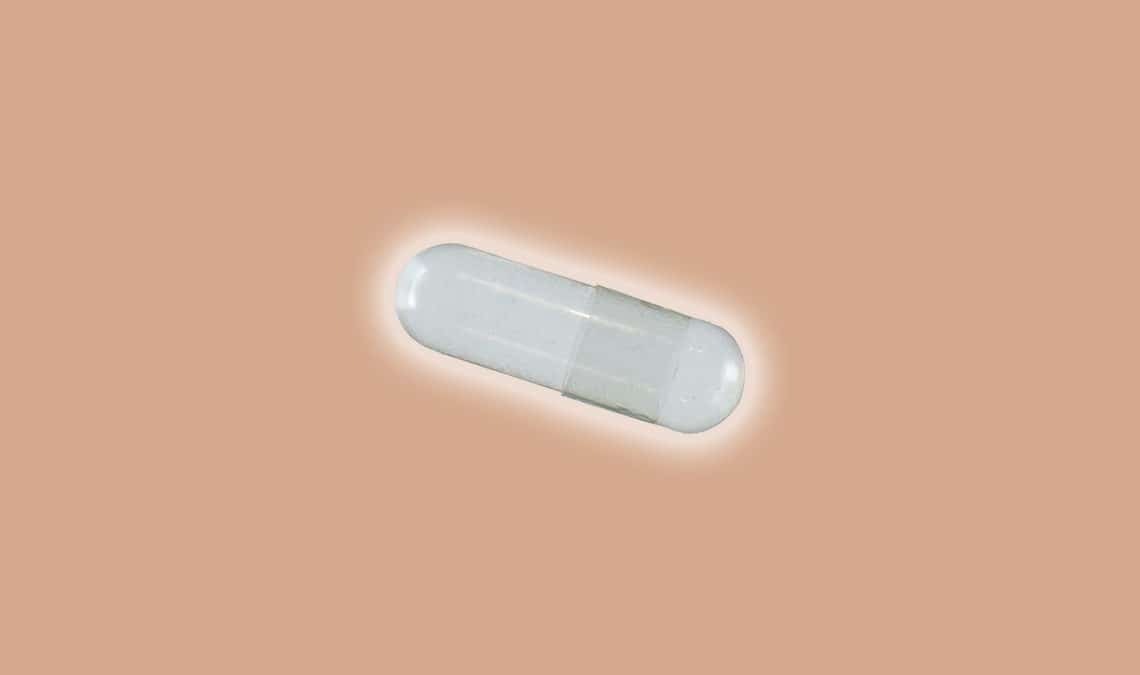
If you’ve bought very many dietary supplements, you’re familiar with this dilemma: should I get the capsules or the powder?
If you do the math, you’ll see that powders are consistently cheaper, milligram for milligram, than buying supplements in capsule form. Your inner spendthrift will want to opt for the powder.
On the other hand, capsules are far more convenient, easier to travel with, and easier to dose accurately or take in divided doses. On top of that, many powders taste terrible, or don’t mix well with liquids due to low water solubility.
That said, people who consume a lot of dietary supplements can easily spend a couple hundred dollars a month on them–so the cost savings of buying raw powder in bulk quantities look pretty attractive. For such people, the DIY approach–using a capsule filler–starts to look very attractive.
In this article, I’ll explain what you need to need to know about using a capsule filler. That means I’ll tell you exactly what things you need to make your own capsules, provide you with step by step instructions for capping pills, and even provide a few suggestions for what to put into those capsules.
What You’ll Need To Make Your Own Capsules
What follows are the types of items you’ll need. We’ve provided specific recommendations at the end of this article.
A capsule filler tray (or two). You’ll often hear capsule trays referred to as capsule machines, pill capping machines or manual capsule filling machines. These are a far cry from the devices used to churn out pills in factories and compounding pharmacies however–they’re really just little plastic or wooden trays with slots to hold one side of a gel capsule. Note that each capsule tray is built to hold capsules of a certain size.
The way a capsule tray works is, you put one half of a gel capsule in each of the slots, then you fill it up with powder. After that you put the other half of the capsule on each of the slotted capsules, and you have yourself some filled gel capsules.
Micro spoons. Sometimes also called mini spatulas, these are tiny little spoons designed to measure out dietary supplement powders at various measured doses. Some capsule trays come with them, and you may have gotten one packaged in with a powdered nootropic supplement from time to time.
Most likely though, you’ll need to buy a set of them to fill capsules with.
Empty gel capsules. Again, these must match the capsule tray you’re using. The most commonly-used sizes are 00, which holds .91 mL, and capsule size 0, which hold .68 mL. This usually works out to about 600-800 mg of powder for size 00, or 400-600 mg for size 0.
You’ll want to buy a lot of these, probably thousands.
An electronic milligram scale. That is, a scale with enough sensitivity to provide accurate measurements down to the milligram. Most scales only go down to hundredths of a gram, and many scales purport to be milligram-accurate, but tend to become mis-calibrated at that level of granularity after a few months of use.
You can find a lot of these on Amazon, usually described as jeweler’s scales since they’re mostly used by people who collect or work with jewelry, precious metals or rare coins. Finding a good scale is harder than it sounds, which is why we’ve found one for you.
Your bulk powder supplement of choice. This will be the main ingredient of whatever supplement you’re going to be capping. Obviously, you’re very likely to have more than one of these if you’re going to the trouble of capping your own pills.
Whatever you choose, buy in bulk. The point of doing this–or at least a big part of the point–is to save money, so you want to buy at least a few months’ supply at a time.
A filler powder or two. When you fill your capsules, you’re going to want to fill the first half of the capsule all the way to the top– and that usually means mixing in a secondary ingredient to bulk up the contents.
Why do this? Because filling the capsule completely is the only way to know for sure how much you put into it– the capsules aren’t otherwise measured.
Now, you could use something with very little biological effect, like corn starch. But as long as you’re going to be swallowing some more powder, it might as well be a good general-purpose supplement that isn’t highly sensitive to dosing, and which is quite broadly helpful for all people to take.
Many amino acid supplements, such as creatine and glutamine, are great for this purpose. We’ll recommend a few secondary ingredients, or filler powders, later in the article.
A bowl and a small whisk. You probably already have these, but you’ll need a bowl and whisk to mix the primary and secondary ingredients together.
Some people recommend using a mortar and pestle instead. In my opinion, that simply isn’t necessary; a mortar and pestle is mostly useful for grinding solid objects into powders, but a whisk is far more effective at mixing together already-powdered substances. There’s no need to pretend you’re a medieval alchemist; sometimes modern kitchen tools work just fine.
Plastic ziplock baggies and a marker. Often when you cap pills, you’ll end up with leftover powder which you’ll want to save for later, in a labelled bag. Opt for small bags, the kind that hold maybe 2-4 ounces.
How To Cap Your Pills
1: Calculate blend ratio of active to filler ingredients
This is arguably the hardest part, as it involves some fairly complicated algebra. With a little practice however, it will become second nature.
First, you’ll need to pick your main ingredient and your filler ingredient for the supplements you’re capping. You’ll also need to decide how much of the main (but not filler) ingredient you want in each capsule.
Then you’ll need to look up the density of those supplements, which is usually easy to google. You’re more likely to find what you’re looking for if you include the word powder in your search string, i.e. “glutamine powder density.” If you are somehow unable to find this info, the next option is to fill a capsule, then dump it out onto your scale to find out exactly how much a cap full of a given powder weighs.
Then figure out how much your chosen capsule size would hold if it were totally filled up with either of those ingredients on their own.
Let’s suppose for the sake of argument that you’re making 100 mg picamillon caps, but a full capsule would be 490 mg– way too much. So you’re using glutamine as a filler, and you calculate that a whole capsule would hold 715 mg of glutamine.
Now apply the following formula: Filler Density per Capsule * (1 – Main Ingredient Weight per Capsule / Main Ingredient Density per Capsule) = Necessary Filler Weight per Capsule
In this case, that works out to 715 * (1 – 100 / 490) = 569 mg of glutamine per capsule, in addition to the 100 mg of picamillon. Now you can simply multiply those numbers by however many capsules you want to fill.
This formula can be expanded for blends with more than one main ingredient, like so: Filler Density per Capsule * (1 – Main Ingredient Weight per Capsule / Main Ingredient Density per Capsule – 2nd Main Ingredient Weight per Capsule / 2nd Main Ingredient Density per Capsule) = Necessary Filler Weight per Capsule
This works the same way as the first formula– you’re just subtracting out a second main ingredient from the required filler ingredient weight.
2: Weigh each ingredient using the milligram scale
That is, the full amount for all the pills you want to cap. You may choose to mix more powder than you plan to cap in this session, saving the leftovers for later– that’s fine.
Measure them out one at a time before dumping them into your mixing bowl. Be careful to brush any remaining powder off your scale and into the mixing bowl so you don’t under-dose the next powder you weigh.
3: Mix your blend with the whisk
Whisk gently to avoid sending powder flying everywhere, particularly if any ingredients have the sort of flour-like density where they’d easily get puffed up into a little cloud of powder.
You’re done once there’s no clear separation between the two ingredients—this generally takes a minute, maybe to for bigger batches.
Bear in mind that with enough time, the powders will separate. So if you save any for a later capping session, re-whisk it before capping your pills.
4: Place gel caps into pill capping tray over a plate to catch extra powder
Set your pill capping tray on a large plate, assuming it’s small enough to fit onto one. Otherwise, keep a large plate next to it.
Place half a capsule into each slot in the tray.
5: Pour powder onto pills
You’ll probably want to use your micro spoons for this. The other, messier option is to simply pour the powder blend in, knowing much of it will fall onto the tray and can be re-collected later.
6: Level the pills with the scraper
Level the powder in each pill so it’s not piled higher than the top of the capsule end it’s in; this will mean some powder falls onto the tray.
Most trays come will a scraper for this purpose; if yours didn’t, a thin knife works perfectly fine.
7: Cap the pills
Put the other half of the gel cap on each of your pills.
8: Remove pills and put them in a bag or bottle, then collect the extra powder for next time.
Place the capped pills into a bag or bottle. Label it carefully with not only the names of the ingredients, but also milligram dosages.
Carefully pour any residue from your capping tray onto the plate, and then from the plate into a plastic bag. (Why bother with the plate? The raised edge makes the powder collect in one spot better so it won’t miss the bag.) Then label this bag with the ingredients and blend ratio.
Recommended Filler Supplements
You could use flour or corn starch for your filler ingredient– indeed, corn starch is common in commercial supplements. But why not use something that will have additional benefits instead?
In other words, why not use another dietary supplement? If you wondered why I use the term filler ingredient rather than inactive ingredient, this is why.
Note that any good filler supplements must be high-dose and low in side effects, with a high therapeutic ratio. That is, something that you’d normally take in doses of at least a few grams per day, with few or no side effects at the effective dose, and with an “overdose” many times higher than the minimum effective dose. All of the following meet that criteria.
Glutamine is a conditionally essential amino acid popular among bodybuilders. It inhibits muscle tissue breakdown during exercise.
Glutamine deficiency has been shown to harm the ability of the intestines to absorb nutrients while filtering out unwanted chemicals; in other words, it causes “leaky gut syndrome.” There’s also been some research to suggest that glutamine supplementation may relieve symptoms of Crohn’s Disease.
Glutamine can be safely taken in doses of tens of grams a day. Be sure not to confuse it with the similarly-named glutamate.
Creatine is another popular supplement with bodybuilders, and is still probably the best supplement for building muscle and increasing power output.
Less well-known is that creatine also protects against neurodegeneration in conditions such as Parkinson’s and Alzheimers, as well as neural damage from certain toxins.
Creatine is typically taken in doses of 5-10 mg a day. Not to be confused with creatinine, a breakdown product of creatine often used as a marker of post-exercise muscle damage.
Ceylon Cinnamon is known to have anti-diabetic effects, controlling blood sugar spikes and regulating blood glucose and insulin levels. Some studies have also suggested that cinnamon may reduce hunger by keeping the stomach full longer, although this finding has not been very consistent.
All types of cinnamon seem to have these effects. However, cassia cinnamon can contain dangerously high levels of the hepatotoxic and carcinogenic phytochemical “coumarin,” at least at higher doses. Thus, I recommend always using ceylon cinnamon as your filler ingredient.
Note that cinnamon also has mild blood-thinning properties, so don’t use it if you take other blood-thinning or thickening medications without asking your doctor first. It is usually dosed at 1-6 grams per day for anti-diabetic purposes
Raspberry Ketones are best known as an aid to ketogenic dieting, helping people become keto-adapted faster. They have uses outside the context of a ketogenic diet, however. Ketone consumption suppresses appetite; ironically that’s probably more useful on a non-ketogenic diet.
Many studies find enhanced cognition on the ketogenic diet. But ketones also seem to enhance cognition acutely, even outside of long-term adherence to a ketogenic diet.
There’s no real upper limit on how much ketone you can take, as it becomes the body’s main energy source on the ketogenic diet, meaning you can process pounds of it per day.
The Best Capsule Filler, Pill Capping Machines, Capsule Trays And Other Pill Capping Equipment
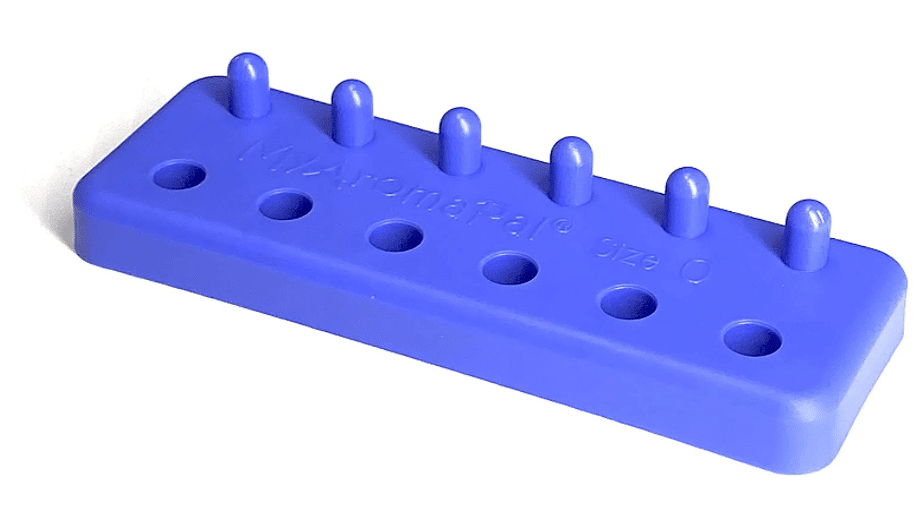
Best Capsule Filler – Size 0
MyAromaPal Size “0”
Size 0 capsules, as you’ll recall, are usually good for 400-600 mg of powder. That makes MyAromaPal ideal for anything dosed in the hundreds of milligrams.
This tray is designed to hold up to 6 capsules at a time and is built with pegs on one side so that you don’t lose the tops to capsules or risk contamination while filling them.
This tray is ideal for traveling as it’s extremely lightweight and made from plastic, making it highly portable and flexible for fitting into bags or small pouches. You can even place it in the top rack of your dishwasher to clean it!
Its dimensions are 4 and 1/2 inches long, 1 and 1/2 inches wide, 3/4 inches tall and its total weight is just under 0.32 oz.
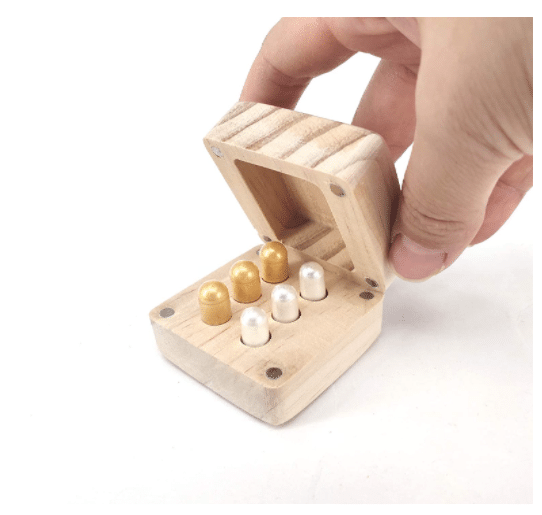
Best Capsule Tray – Size 00
6 Holes Wooden Case by BOXIN
Size 00 capsules are about 50% larger than size 0, holding (usually) 600-800 mg of powder.
This product is among the safest trays to use as it’s made of non-toxic, all-natural pine wood and is free of plastic.
It’s also one of the most durable designs available for capsule trays and includes a magnetic closure system to keep your capsules tightly sealed.
Its dimensions are 5.98 inches long, 3.11 inches wide, and 0.63 inches tall and its total weight is 1.06 oz.
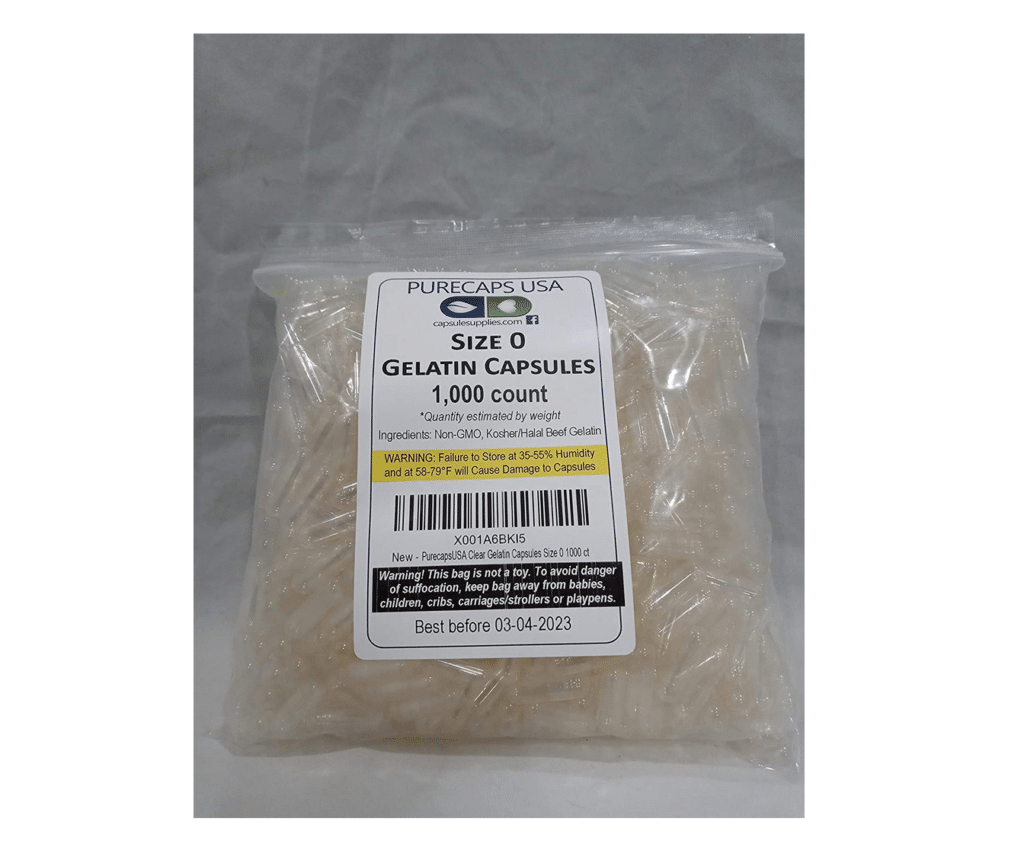
Best Size 0 Capsules
Purecaps Clear Gelatin Capsules Size 0
These gelatin capsules are fast-dissolving and easy to digest. They’re also clear, which aids in making sure the powder inside is fully tamped down for even dosing. As mentioned, this size is ideal for dosages in the low hundreds per serving, and the thousand capsules in this bag will last you a very long time.
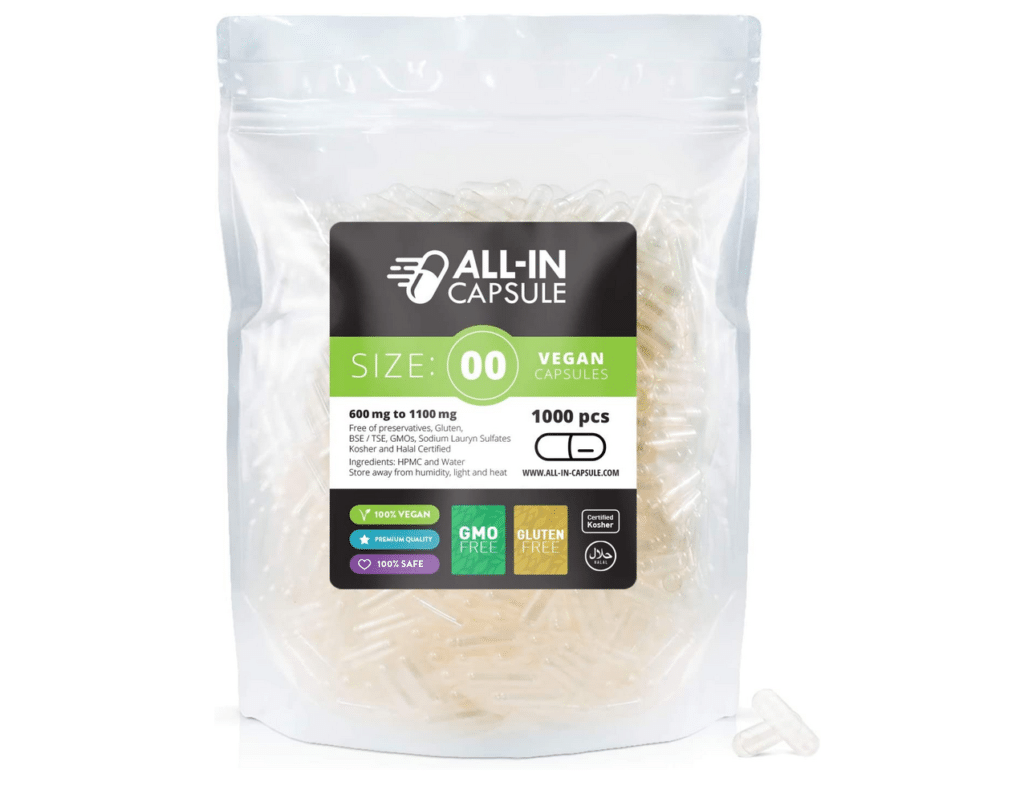
Best Size 00 Capsules
ALL-In Capsule Size 00 Vegetarian Gelcaps
Vegetarian, gluten-free, hypoallergenic and certified kosher, ALL-In capsules are ideal for people with dietary restrictions of all kinds. Able to hold nearly a gram of powder each, these capsules are ideal for supplements or blends that need to be dosed in the high hundred of milligrams or low grams per day.
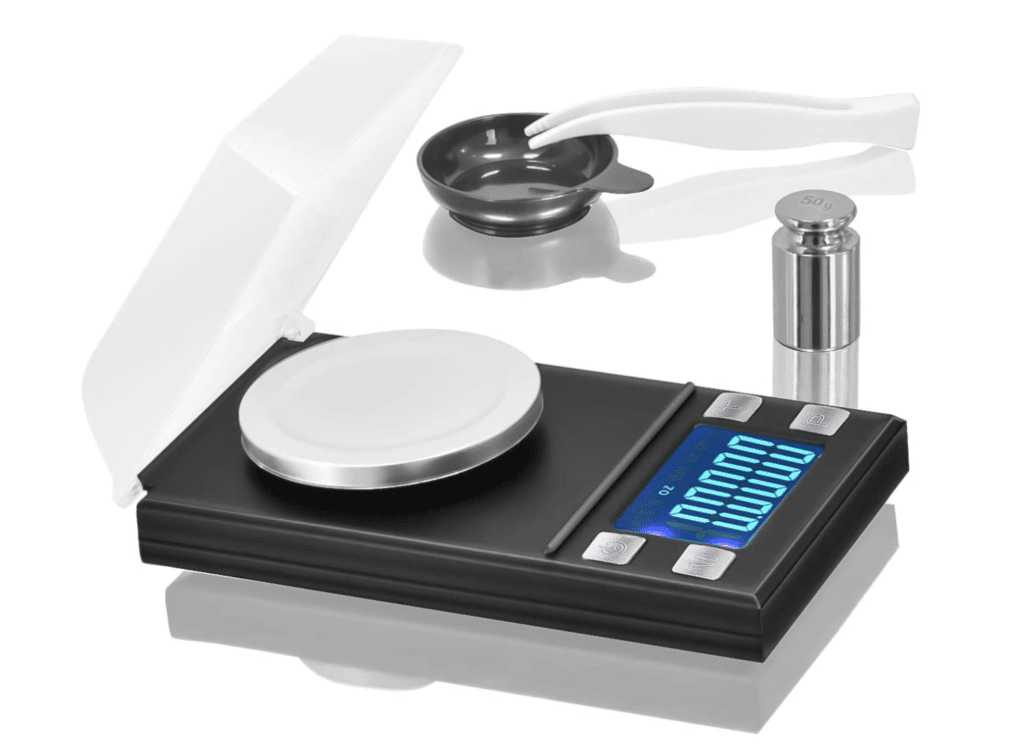
Best Digital Milligram Scale
RASSE Digital Pocket Scale
This electronic milligram scale is designed for measuring gold dust, so it has to be engineered for high precision and maximum reliability. This is one of the brands that jewelers trust to precisely weigh precious metals and gems, and it’s plenty good enough for supplements. It’s small and light enough to transport in a large pocket, and has an easy-to-read LCD display.
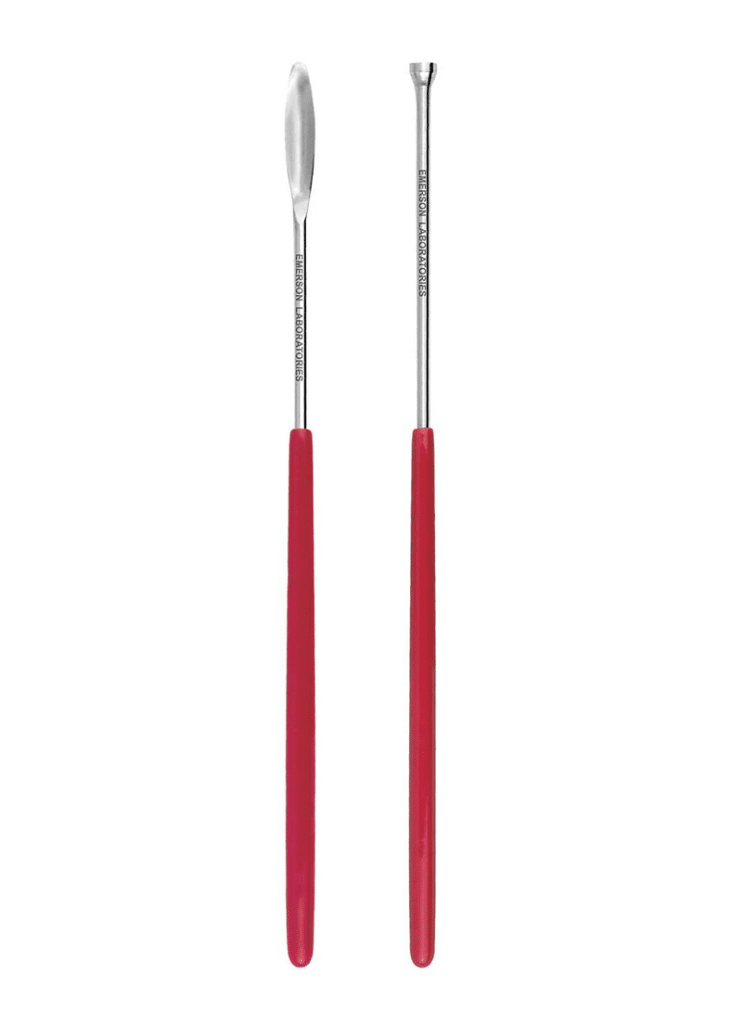
Best Micro Spoons
Emerson Labs Stainless Steel Micro Spoons
This complete set of stainless steel micro spoons includes micro spoons precisely sized for every major capsule size from 4 to 000 (including 0 and 00, which are just below 000). It also comes with six “pucks:” little rods for tamping down the powder inside a capsule, much like the ramrod in an old-timey musket. These things last forever; you’ll probably never need another set of micro spoons.
